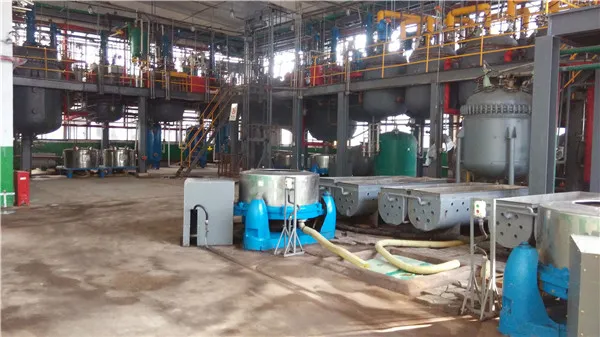Pentoxifylline A Comprehensive Overview
Pentoxifylline is a methylxanthine derivative that has gained considerable attention for its pharmacological properties and therapeutic applications. Originally developed in the 1970s, this medication has been primarily used for its ability to improve blood flow and reduce the viscosity of blood, making it beneficial in various medical conditions.
Mechanism of Action
Pentoxifylline acts primarily by decreasing the blood's viscosity and improving microcirculation. It does this by inhibiting phosphodiesterase, leading to increased levels of cyclic adenosine monophosphate (cAMP) within cells. The rise in cAMP results in reduced aggregation of red blood cells and platelets, enhancing their flexibility. This increased flexibility aids in the transportation of oxygen and nutrients throughout the body, particularly to ischemic tissues (tissues with insufficient blood supply).
Clinical Applications
One of the most common uses of pentoxifylline is in the treatment of intermittent claudication, a condition characterized by pain and cramping in the legs due to insufficient blood flow during physical activity. By improving circulation, pentoxifylline helps alleviate these symptoms, allowing patients to walk longer distances without discomfort.
Additionally, pentoxifylline has been studied for its potential benefits in managing chronic venous insufficiency (CVI), a condition where veins struggle to send blood back to the heart, leading to edema (swelling) and skin changes. The medication's ability to improve blood flow has made it a candidate for treating ulcers related to CVI and even diabetic foot ulcers.
medicine pentoxifylline

Moreover, pentoxifylline has been investigated for use in various inflammatory conditions, such as rheumatoid arthritis and Crohn's disease. Its anti-inflammatory properties may contribute to symptom relief and improved quality of life for patients affected by these chronic diseases.
Side Effects and Considerations
While pentoxifylline is generally well-tolerated, it is not without side effects. Common adverse reactions include gastrointestinal disturbances such as nausea, vomiting, and diarrhea. More serious but rare side effects may include hypotension, tachycardia, or allergic reactions. It is important for patients to discuss their medical history and any concurrent medications with their healthcare provider to mitigate the risk of interactions.
Patients with certain conditions, such as active bleeding disorders or recent surgery, should use pentoxifylline with caution. Its effects on blood viscosity may exacerbate these conditions, leading to potential complications.
Conclusion
Pentoxifylline represents an important therapeutic option for improving blood flow and reducing symptoms associated with various vascular conditions. Its unique mechanism of action makes it a valuable resource in cases of intermittent claudication, chronic venous insufficiency, and certain inflammatory diseases. However, like all medications, it should be prescribed with an awareness of potential side effects and contraindications.
As research continues to uncover additional applications and confirm existing benefits, pentoxifylline holds promise for enhancing patient outcomes across a variety of medical conditions. Patients considering this medication should have a detailed discussion with their healthcare providers to evaluate its suitability based on individual health circumstances.

